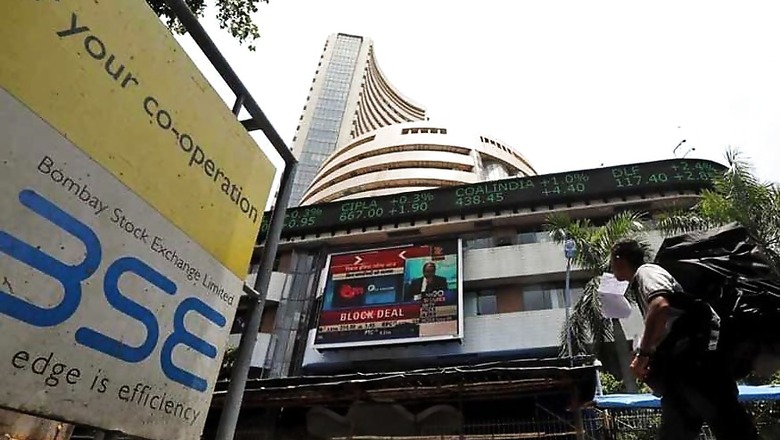
views
New Delhi: Spurred by investor interest, 50 small and medium enterprises (SMEs) raised Rs 660 crore through initial public offers in January-June 2017, which was more than three times the funds raised in the year-ago period.
Funds raised through the issue were used for business expansion plans, working capital requirements and other general corporate purposes.
"Governance structures, improved credit rating, reduced finance cost, easy finances and branding are some of the key benefits for listing on SME platform.
"Besides, valuation has helped listed SMEs to achieve speedy growth in systematic manner at early stage of their business life cycle," Pantomath Group Managing Director Mahavir Lunawat said.
A total of 50 companies got listed with initial public offers (IPOs) worth Rs 660 crore in the first six months of the year as compared to 27 firms which tapped the IPO route to garner Rs 211 crore in January-June 2016.
In the entire 2016, as many as 66 firms debuted on the SME platform and mopped up Rs 540 crore through initial share-sale offers.
Geographically, Gujarat continued to dominate the SME space by contributing 22 firms on SME bourses, followed by Maharashtra (15), Rajasthan (4) and two each from West Bengal and Delhi.
Further, average issue size doubled to Rs 13.2 crore in the first six months of this year from Rs 7.82 crore in January-June 2016.
The SME capital market has been witnessing participation from wider class of investors and the trend is expected to continue.
"Even institutional investors have started showing interest in SME investing and the market looks up to them with expectation. Most of the listed SMEs have added value to shareholders. It is equally critical to see that the level of these players is yet far below the desired number," Lunawat added.
The companies which got listed during the period under review are from sectors like finance; media and entertainment; real estate and infrastructure; manufacturing; agriculture; aquaculture; food and processing; and IT and IT-enabled services.
BSE and NSE had launched SME platforms in March 2012, becoming the only two bourses to offer such a segment in the country. Since then, 185 companies got listed on BSE and 61 on NSE.
Out of these 246 SMEs, 31 have already migrated to main platform and 36 more are eligible for migration but have stayed on SME's exchange platform.
"There is an option to migrate, though it has been observed that many companies have chosen not to. This may be due to a number of reasons like reduced compliance rules and norms of SME exchange.
"This patronage of emerging companies for SME platforms, is quite healthy and constructive trend, defying the notion that SME platforms are conduits for easy main frame entry. This goes to show that SME's exchange platforms have as much potential as the mainboard in terms of value," he added.




















Comments
0 comment